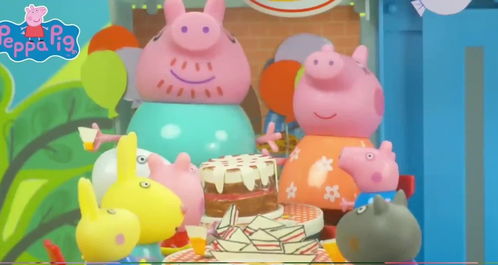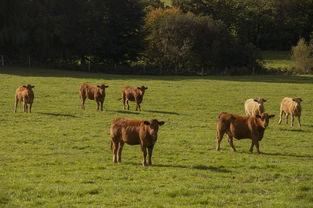4.
4.
"The Pig's Song" is a beloved nursery rhyme that has been cherished by children and educators alike for its catchy melody and simple lyrics. Incorporating this song into early childhood English education can be highly beneficial, as it offers numerous opportunities for language development and learning. In this article, we'll explore the significance of using "The Pig's Song" in early childhood education and provide guidance on how to effectively integrate it into English language learning curriculum for young learners.
The pig went oink, oink, oink!
What did it do? (Oink, oink!)
2.
1.
What did it do? (Oink, oink!)
The pig went walking in the sunshine, la la la.
2.
1.
Incorporating "The Pig's Song" into early childhood English education provides numerous benefits for young learners, including language development, listening skills, memory retention, and cultural awareness. By integrating this popular nursery rhyme into the curriculum through singalong sessions, vocabulary expansion, creative activities, language games, and multimodal learning experiences, educators can create a dynamic and engaging environment for English language learning. Let's harness the power of "The Pig's Song" to inspire and educate the next generation of English language learners.
3.
What did it do? (Oink, oink!)
5.

"The Pig's Song," also known as "The Pig Went Walking," is a popular nursery rhyme with simple lyrics and a repetitive structure. The song typically describes various actions of a pig as it goes about its day, making it easy for young children to grasp and memorize. Here is a typical version of the song:
The pig went walking in the sunshine, sunshine, sunshine,
```
```
Here are some effective ways to integrate "The Pig's Song" into early childhood English education curriculum:
3.

一则关于副部朱芝松被查的消息引起了广泛关注,据报道,朱芝松因涉及某些...

百名英国女性声称因长期使用强生爽身粉而患上癌症,这一事件不仅引起了公...

更换遥控器钥匙的电池。航海家电动尾门就是汽车的电动后备箱,发现电动尾...

亲爱的朋友们,今天我们来聊聊一个备受关注的话题:初次登记结婚有150...

Hello大家好,欢迎来到小蚊子聊车!今天为大家带来2020年10月...